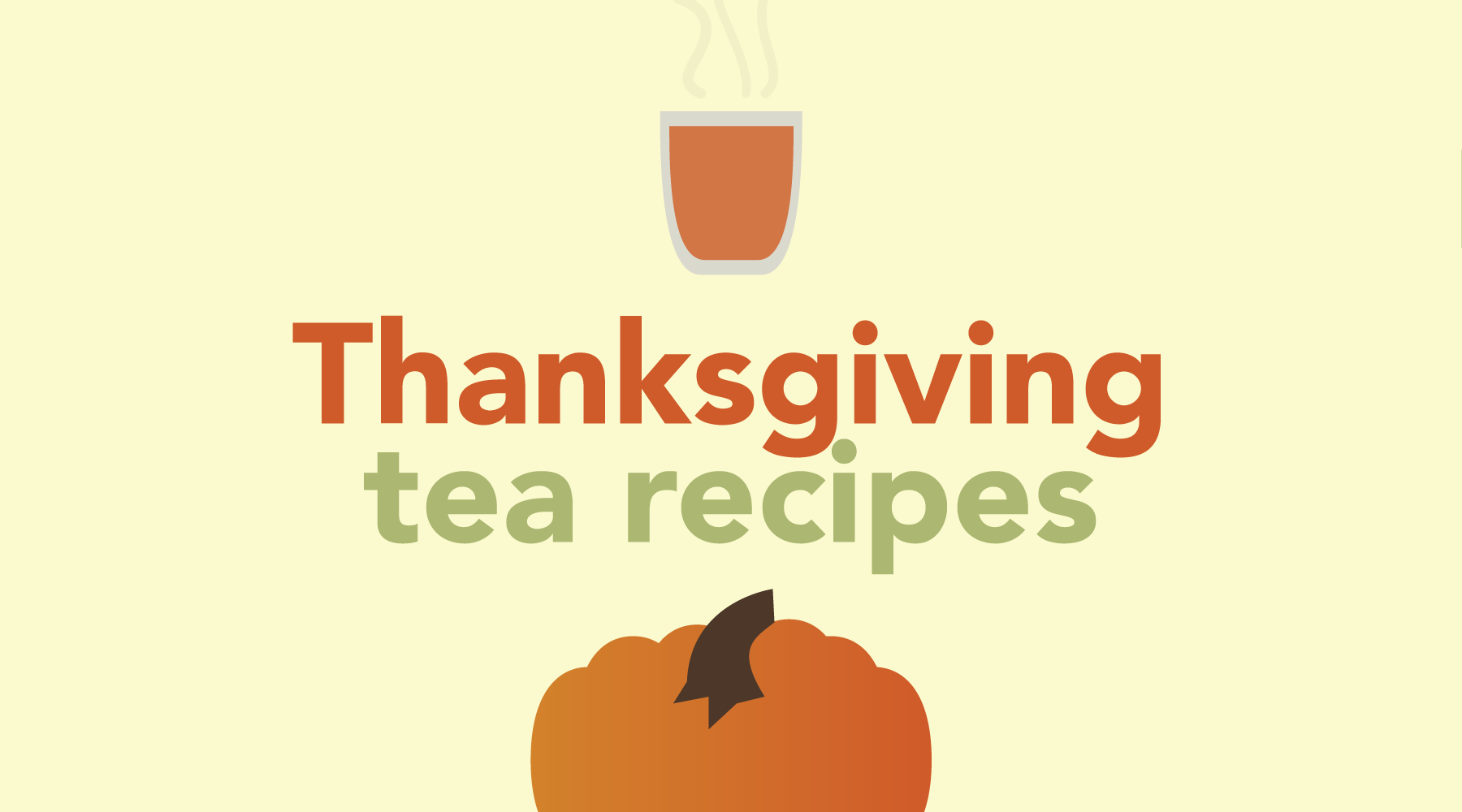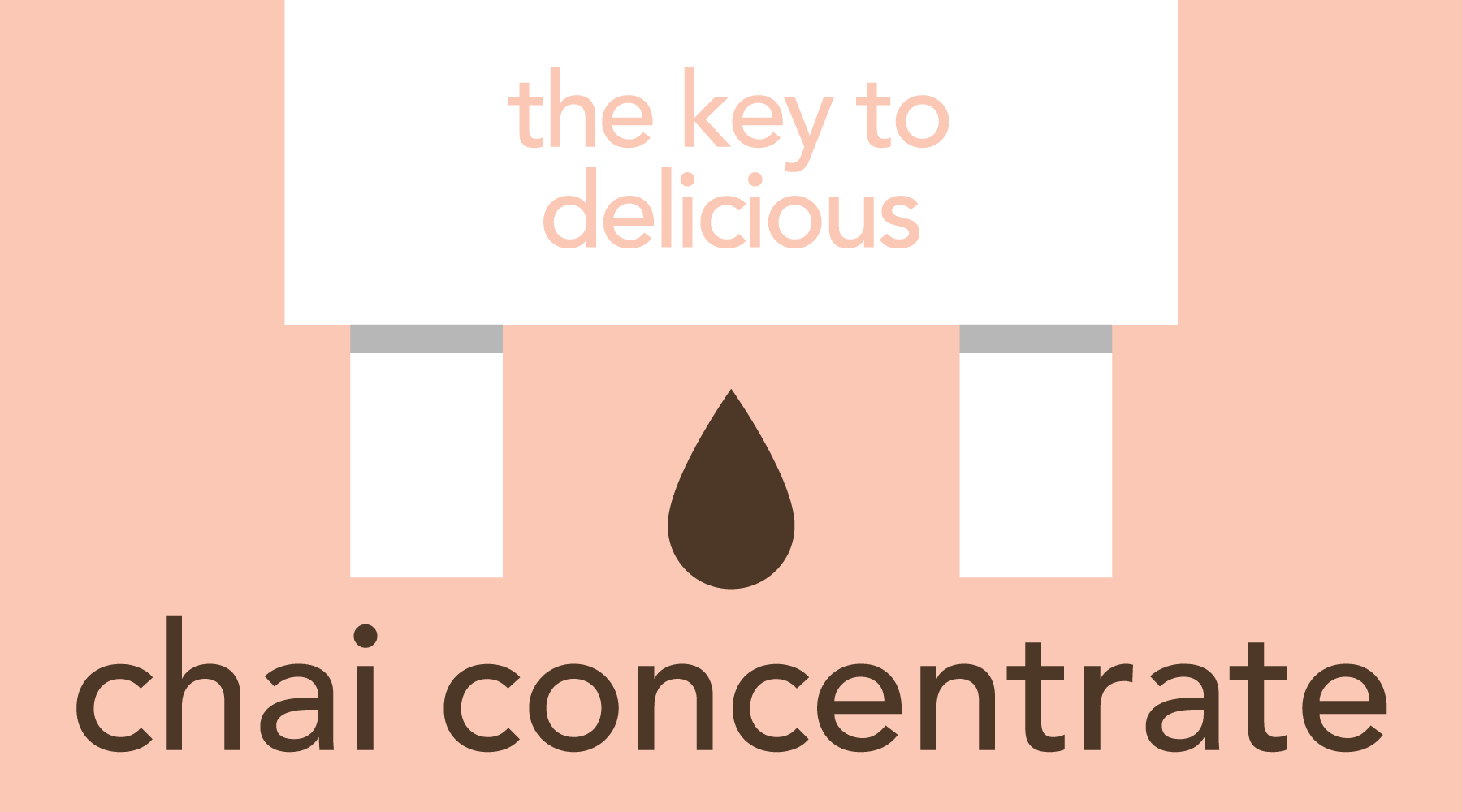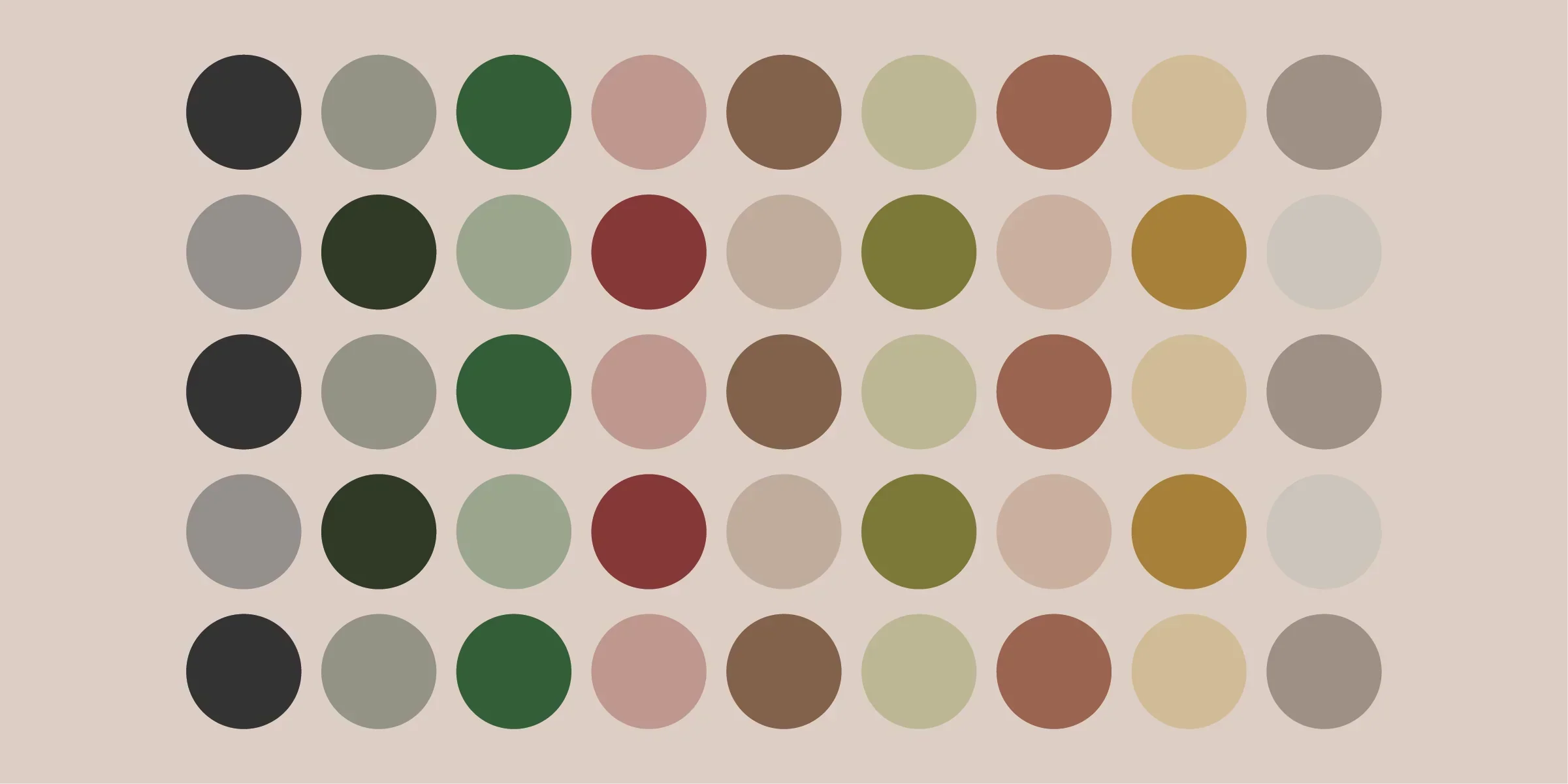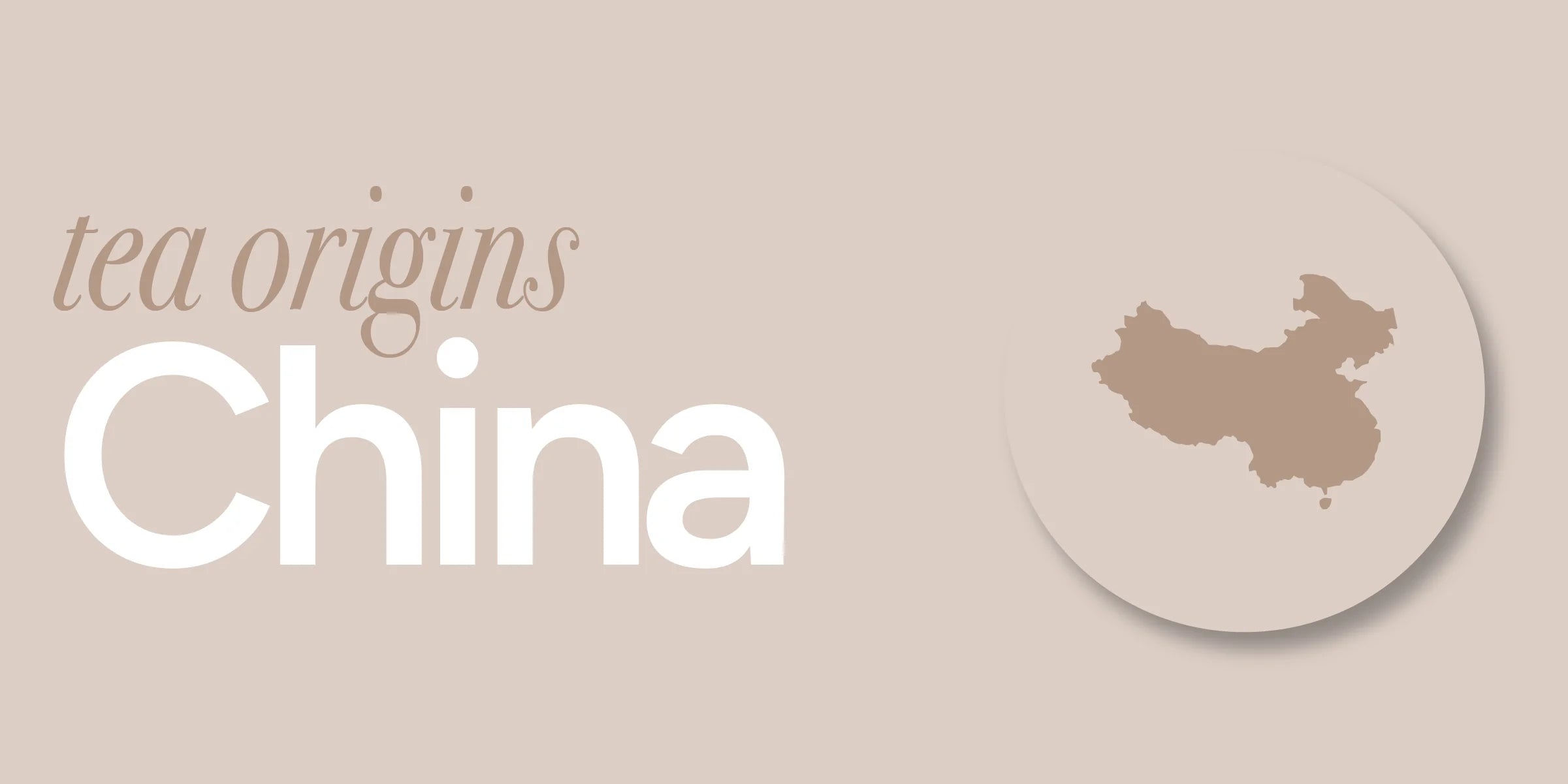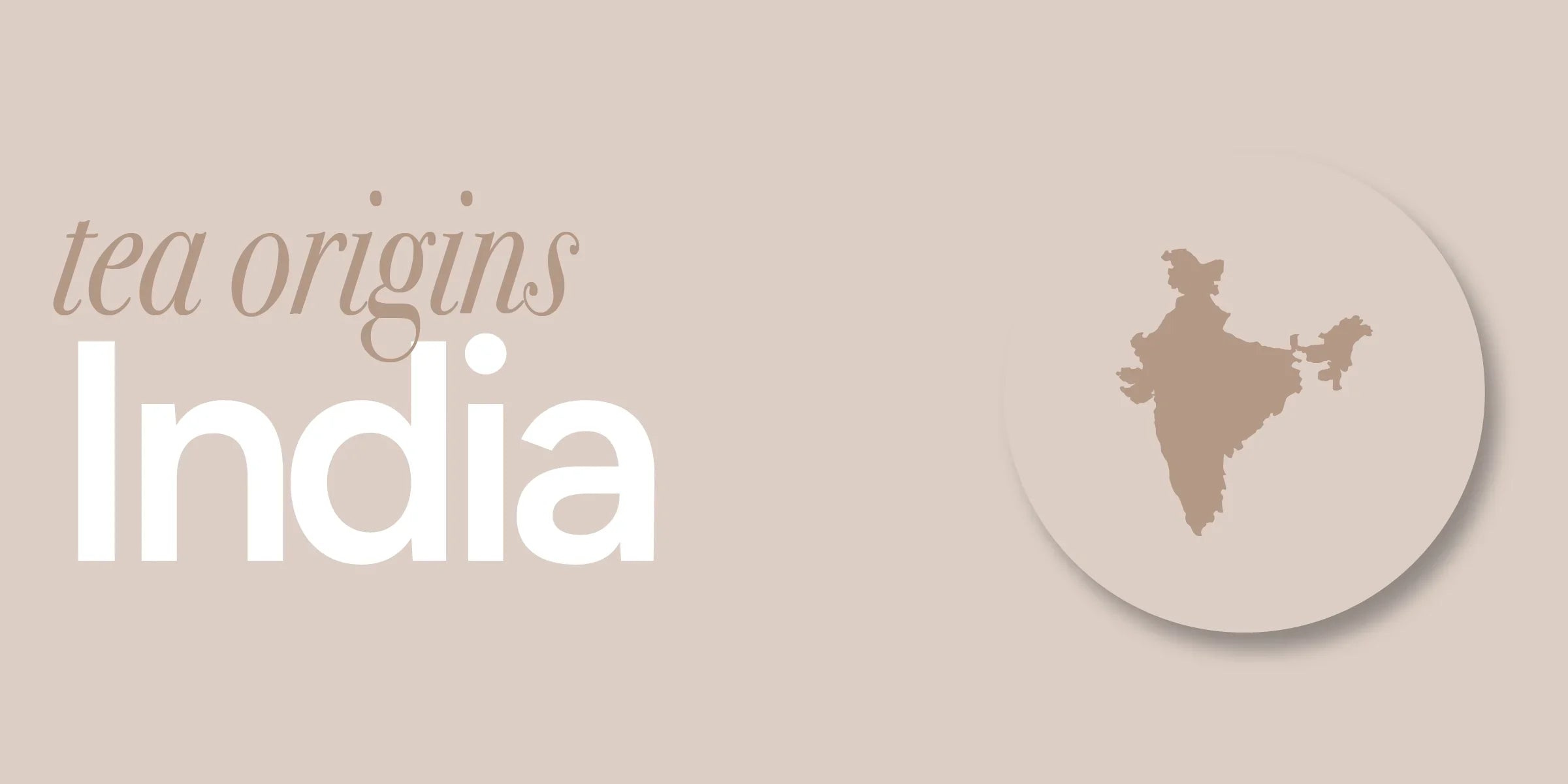What is Cold Brew Tea?
When you make iced tea, you hot brew a tea or blend it and then add ice to cool it down. Although delicious, this method can be a hit or miss depending on how long the tea leaves are steeped. In contrast, cold brew tea is a simpler alternative and is never in contact with heat during the brewing process. Instead, the tea leaves are steeped in cold or room-temperature water for an extended period. With cold brew tea, the approach focuses on time rather than temperature to produce the flavor profile. One of the main reasons cold brew tea is becoming so popular is its smooth taste due to the longer and slower flavor extraction. When tea is brewed with cold water instead of hot, a different chemical balance occurs, resulting in a cup with fewer tannins, bitterness, and caffeine.
The practice of cold brewing tea originated in Japan. The Japanese believed that hotter brewing methods burned the tea, destroying the natural benefits. Cold brew is an excellent brewing method for the chill factor, great taste, and health benefits. Besides having half the amount of caffeine, did you know that cold-brewed teas carry more antioxidants than hot-brewed teas? Steeping tea in cooler temperatures for at least 12 hours extracts higher amounts of phytochemicals, including flavonoids, catechins, and other naturally occurring chemicals.
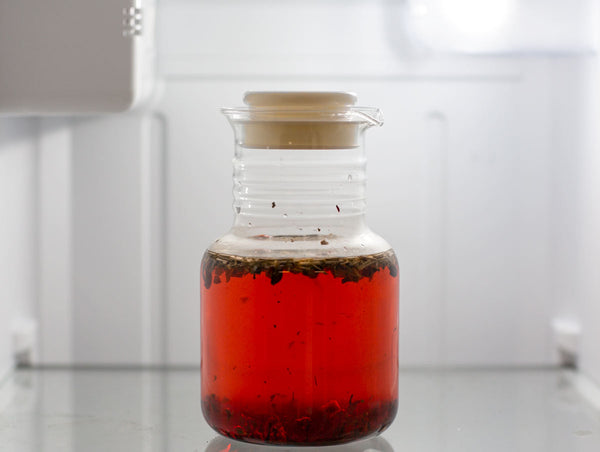
How to Make Cold Brew Tea?
My favorite thing about making cold brew tea is that you do not need any fancy brewing equipment. You only need a jar or pitcher and a strainer. You can brew up a pitcher of cold brew tea anywhere because you do not need a heat source, ice, or anything extra. Because the whole process only has a couple of steps, it is nearly impossible to mess up or over-steep. As with any tea brewing technique, loose leaf teas work the best and create the most flavor. Many of the teas you use can be re-steeped to make a second batch of cold brew. It may be lighter in taste but still delicious. Since the tea to water ratio is usually 40:60 (60% being water), you will need to use about 1.5 times more tea leaves than you would use for hot tea. That typically means one tablespoon per cup.
What You'll Need:
- Loose Leaf Tea (you can pick one type or mix it up – have fun with it!) Check out our collection of teas we love most for cold brew!
- Mason Jar or Pitcher (or even a French Press)
- Tea Filters/Infuser or a Strainer
Instructions:
- Place 5 tablespoons of loose tea in a 4-cup container (mason jar).
- Add 4 cups of water to the container of loose tea (preferably filtered).
- Cover and refrigerate. Steep white or green tea for 6-8 hours; steep black or oolong tea for 8-12 hours.
- Strain the loose-leaf tea using a fine mesh strainer or colander lined with cheesecloth. If you used tea filters or an infuser, pull those out.
- Pour into a serving pitcher and add 4 more cups of cold water to dilute the cold brew concentrate. If you want to skip the dilution process, go ahead and add 8 cups of water at the very beginning.
- Serve over ice with add-ons of your choice (citrus wedges, simple syrup, etc.)
*Tea can be covered and stored in the refrigerator for up to 5 days.
What Type of Tea Should I Use?
Now that we know what cold brew tea is and how to make it, it is time to pick out which leaves or blends to use. As you know, certain kinds of tea shine with specific brewing methods. Since cold brewing tea requires a longer steep time, you want to make sure to pick teas that are naturally sweet, flavorful, and never harsh. As I mentioned previously, loose leaf teas are ideal because they are often better quality, and you will get a more complex flavor from the release of essential oils and aroma. Another plus to loose-leaf tea is that you can re-steep them multiple times. What can be better than more cold brew tea?
We have an abundance of teas on our website, and I understand that different people prefer different flavor profiles. A perfect cold brew tea should not just taste good. It needs to be aromatic, have some richness, and cause you to pause and relish the flavors. Some of my favorite teas to use include Oolong, Black, Green, and Fruit Tisanes. If you want to add some excitement to your life, try blending various tea types. The flavor combinations you can create with cold brew are countless. Below are some more fun tips to spice up your cold brew tea:
- Add some assorted fruit (frozen works too) or fresh herbs during the steeping process to add more flavor. Plus, it makes your tea even more aesthetically pleasing!
- Regular sugar does not dissolve well in cold liquids, so add some simple syrup. Just combine equal parts sugar and water in a medium saucepan, heat over medium-high heat, stir until the sugar dissolves and let boil for 1 minute. Lastly, allow to cool and place in a jar.
- Always drink your cold brew tea in your favorite glass or mason jar. Believe me, it will taste 10x's better!
- Is Summer over and you want a chilled drink with fall flavors? Try our cold brew chai concentrate recipe!


